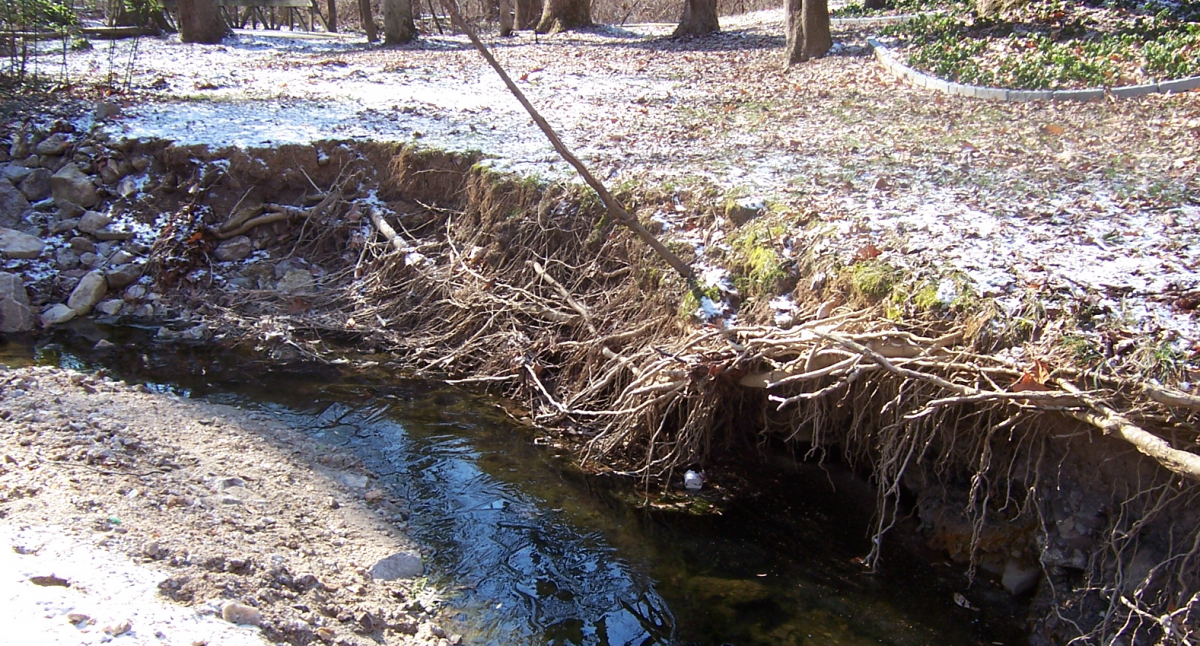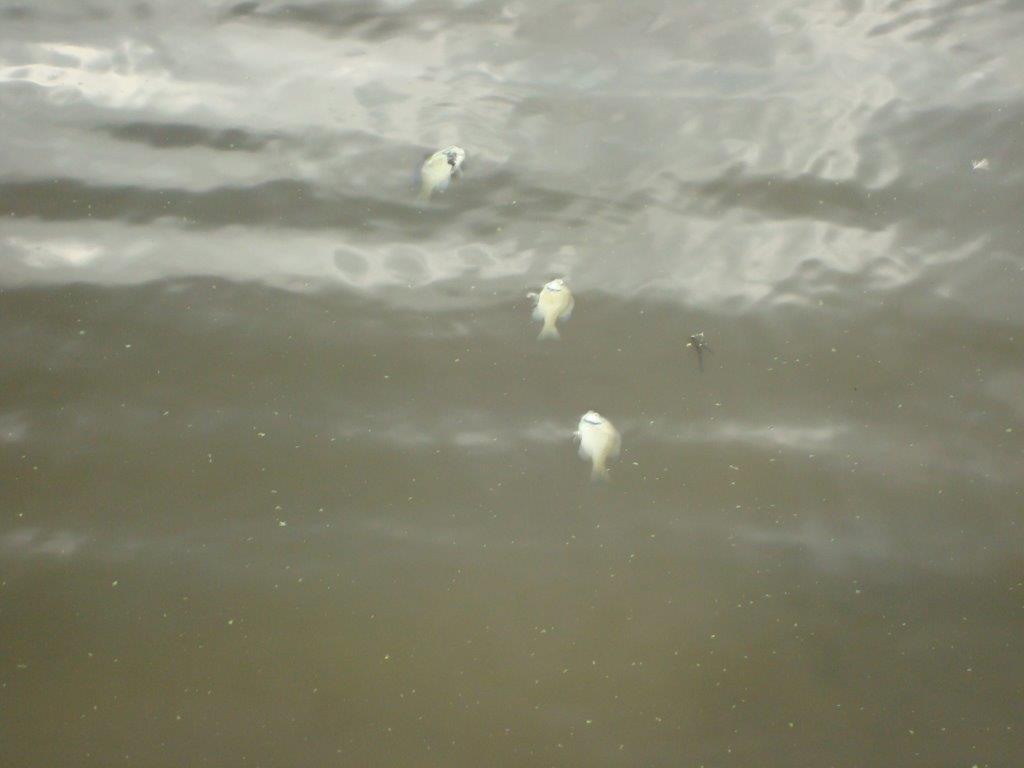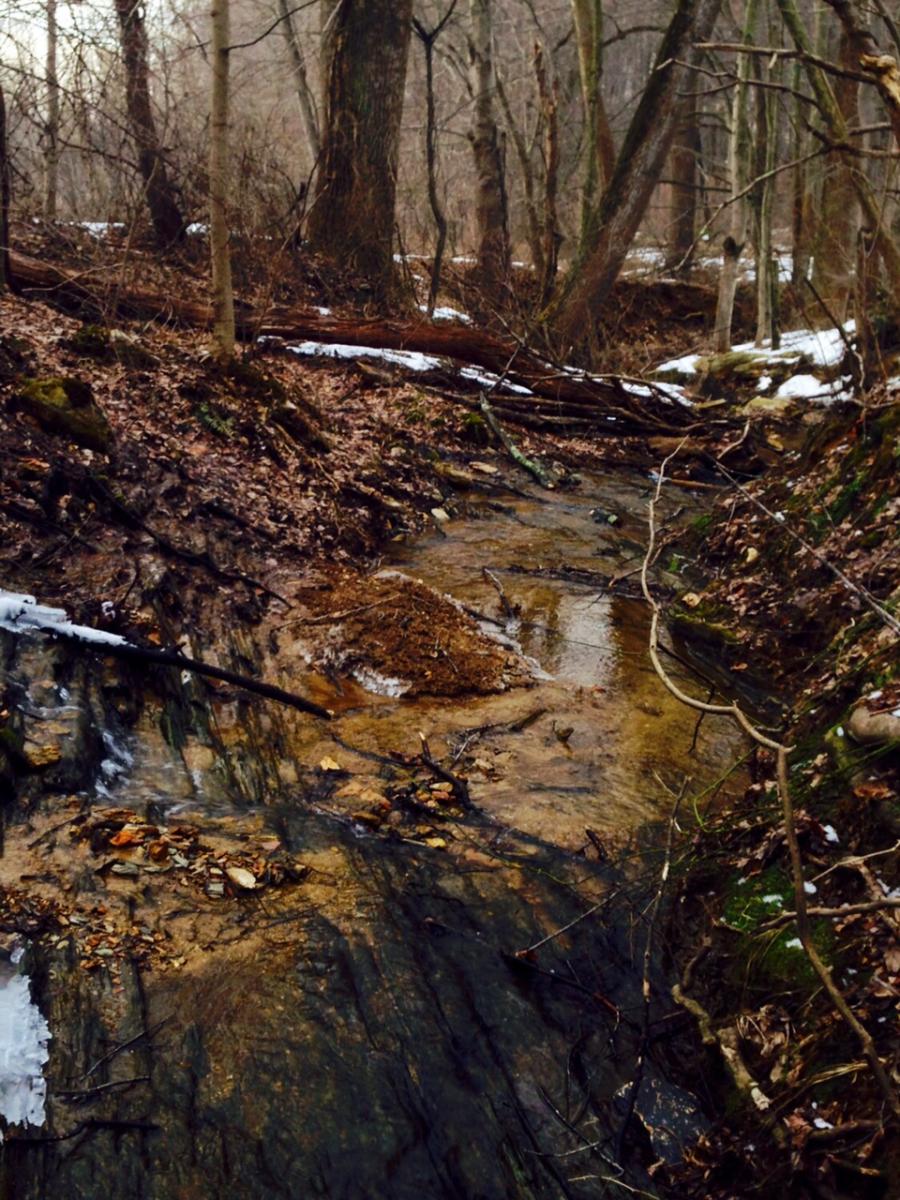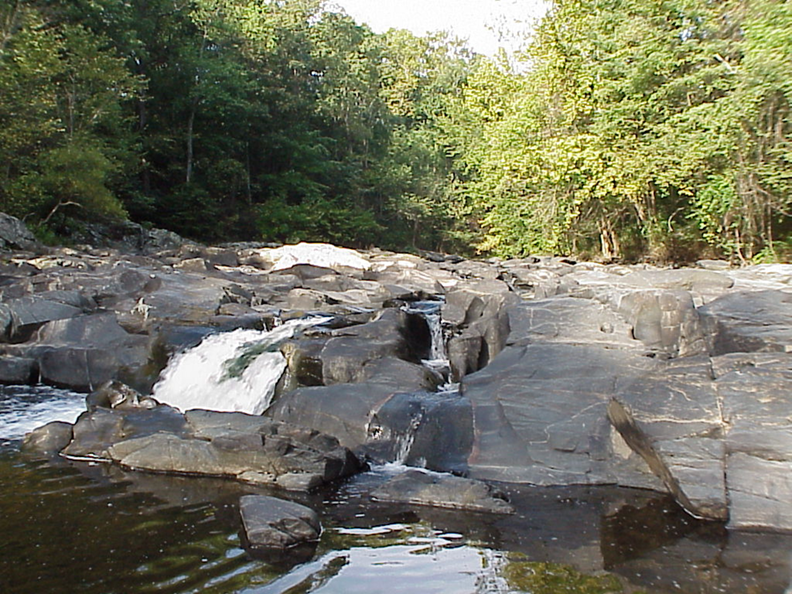
Whoosh, fall, splat! This describes the day in the life of a rain drop 500 years ago and today. It’s what happens after the splat that has changed in modern times.
Before, that rain drop would hit an area with vegetation or a water body and get absorbed into a natural system. Sure, there was still runoff and flooding, but plants and pervious surfaces would help to slow down and filter runoff that causes these problems. As we've developed, we've added more and more impervious surfaces, like rooftops and roads, that runoff cannot soak into. In some parts of Howard County, over 23 percent of land area is impervious. Without management, this amount of impervious surface can be harmful.
So, why do we have storm drains? Doesn’t that take care of runoff? Unfortunately, no. Stormwater runoff that enters storm drains is relatively untreated and eventually drains to our local water bodies, such as the Patapsco River and Patuxent River. Even if runoff isn’t directed into a storm drain, it’s going to reach the water table at some point, and likely without natural filtration that would help to preserve our local waterways.
Stormwater runoff can damage the land around it and the waterways it enters in many ways:
- High velocity stormwater runoff can erode streams and rivers.

-
Stormwater runoff carries nutrients from pet waste, fertilizers, pesticides and herbicides, and road pollutants to local waterways. This can create algae blooms and dead zones, leading to fish kills.

Image courtesy of Sue Muller
- Stormwater runoff carries sediment with it into rivers and streams. Excess sediment can block sunlight in streams, fill in aquatic habitat, and alter landscapes.

- Stormwater runoff can cause flooding if water is not able to absorb into the ground.
We're all familiar with the problems the Chesapeake Bay faces—and stormwater is responsible for 20 percent of water pollution in the Bay. But you might not know that untreated stormwater runoff has also caused water quality and quantity issues within Howard County's local water bodies.
We’re not powerless in this race against runoff. You can stop runoff in its tracks by:
- Installing a CleanScape practice.
- Utilize the Water Reporter App to help raise awareness about runoff and learn about your local stream.
- Participating in one of many tree plantings across Howard County.
- Joining the Storm Drain Stenciling Program.
Help us keep the rain, not the runoff! Wouldn’t we all like our streams and rivers to look like this beautiful, clean section of the Little Patuxent River? With your help, they can be!

Image courtesy of Sue Muller
